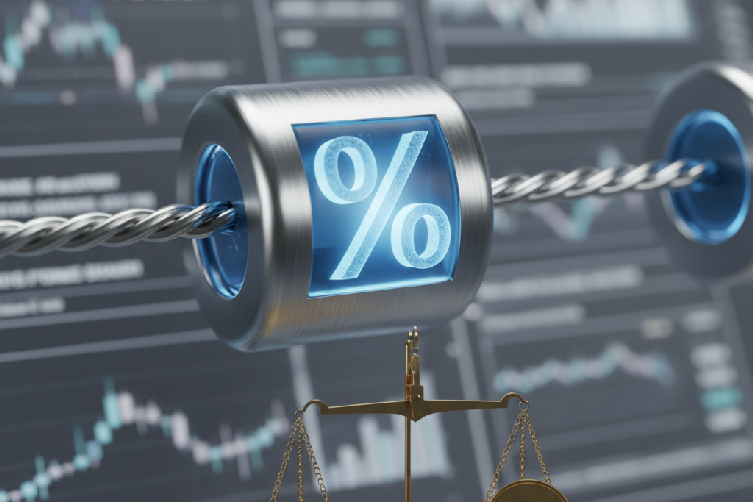What is Forex Position Sizing? A Risk Management Guide

Have you ever wondered what position sizing really means in the world of forex? In short, it’s the key to managing your risk and protecting your trading capital. This guide breaks down exactly what forex position sizing involves, why it’s so important, and how you can calculate it.
Whether you’re just starting out, an aspiring trader, or sharpening your risk management skills, you’ll find practical insights here. We will explore strategies that can transform your trading approach and touch on why partnering with a trusted, regulated forex broker is a crucial part of your journey.
What Exactly is Position Sizing?
At its core, position sizing refers to the process of choosing the optimal number of currency units to buy or sell in a single trade. It’s not about arbitrarily picking a lot size. Instead, it’s a calculated method based on your account balance, your personal risk tolerance, and where you set your stop-loss.
This disciplined approach ensures every trade is scaled correctly. By doing this, you only risk a specific, predetermined percentage of your capital on any given trade, providing a vital safety net.
The Core Goal: Managing Risk on Every Trade
When traders ask what position sizing means, they’re really asking how to protect their accounts from large, unexpected losses. The main goal is to manage risk on a per-trade basis by limiting any potential loss to a small, manageable percentage of your trading capital.
This method prevents one bad trade from severely damaging your portfolio, which is essential for promoting long-term sustainability in your forex trading career.
Beyond Lot Size: It’s About Percentage and Control
Many novice traders mistakenly believe position sizing is just about selecting the right lot size. However, effective forex position sizing strategies focus on using a fixed percentage of your account to determine your trade size.
By answering the question “what is position sizing in forex?” with an emphasis on percentage-based risk, you gain much greater control over your trades and improve your ability to adapt to dynamic market conditions.

Why is Position Sizing Crucial in Forex?
Mastering what position sizing means is non-negotiable because it directly protects your trading capital. By accurately calculating your position size, you ensure that no single trade has the power to deplete your account, which is especially important in volatile markets.
Here are the key reasons why it’s so critical:
- Prevents Margin Calls and Account Blowouts: Overleveraging is a common pitfall for traders. Understanding position sizing helps you avoid margin calls by keeping your market exposure within manageable limits, even during adverse conditions.
- Ensures Consistent Risk Management: When you implement a disciplined approach to position sizing, you standardize your risk across all trades. This consistency is a cornerstone of any sustainable and successful trading strategy.
- Improves Emotional Control: Trading psychology plays a massive role in success. Knowing that only a small part of your account is at risk on each trade helps you mitigate the emotional pressures of fear and greed, allowing you to stick to your plan.
Key Factors in Forex Position Sizing
Determining your position size isn’t complicated, but it does require you to consider a few key elements before you trade.
Account Balance: Your Starting Point
Every effective position sizing strategy begins with a clear look at your total account balance. This capital is the foundation for calculating your appropriate risk per trade. Knowing your available funds allows you to accurately determine what your position size should be.
Risk Tolerance: How Much Can You Lose?
Risk tolerance is a personal attribute that plays a pivotal role in deciding your trade size. A common rule of thumb is to risk no more than 1-2% of your account balance on a single trade. Defining this percentage is a crucial step toward responsible trading.
Stop-Loss Placement: Defining Your Exit
Your stop-loss determines your maximum potential loss if the market moves against you. The distance in pips between your entry price and your stop-loss price is a critical variable. Remember, a wider stop-loss requires a smaller position size to maintain the same percentage risk, and vice-versa.
Conclusion: Trade Smarter by Mastering Your Risk
In summary, position sizing is arguably the most powerful risk management tool a forex trader has. It’s not just a technicality; it’s a fundamental principle that can separate consistently profitable traders from the rest.
By calculating your trade size based on your account balance, risk tolerance, and stop-loss, you protect your capital, maintain emotional discipline, and build a sustainable trading career. While a dependable broker can support your journey, this discipline must start with you. Master your position sizing, and you will master your risk.

